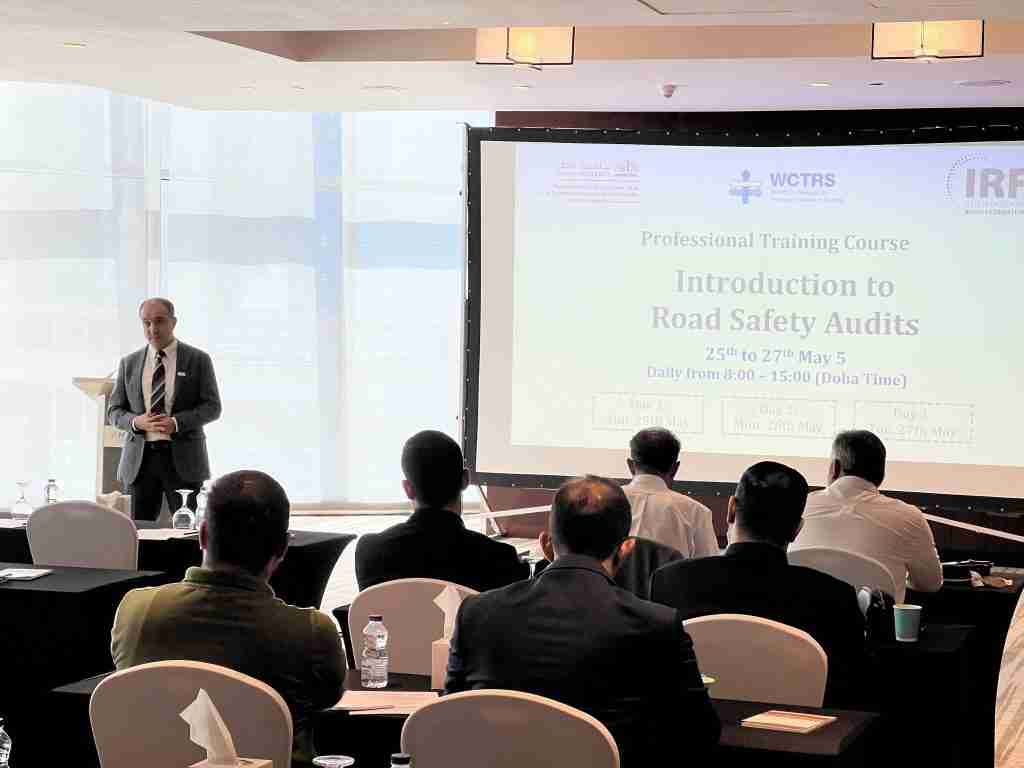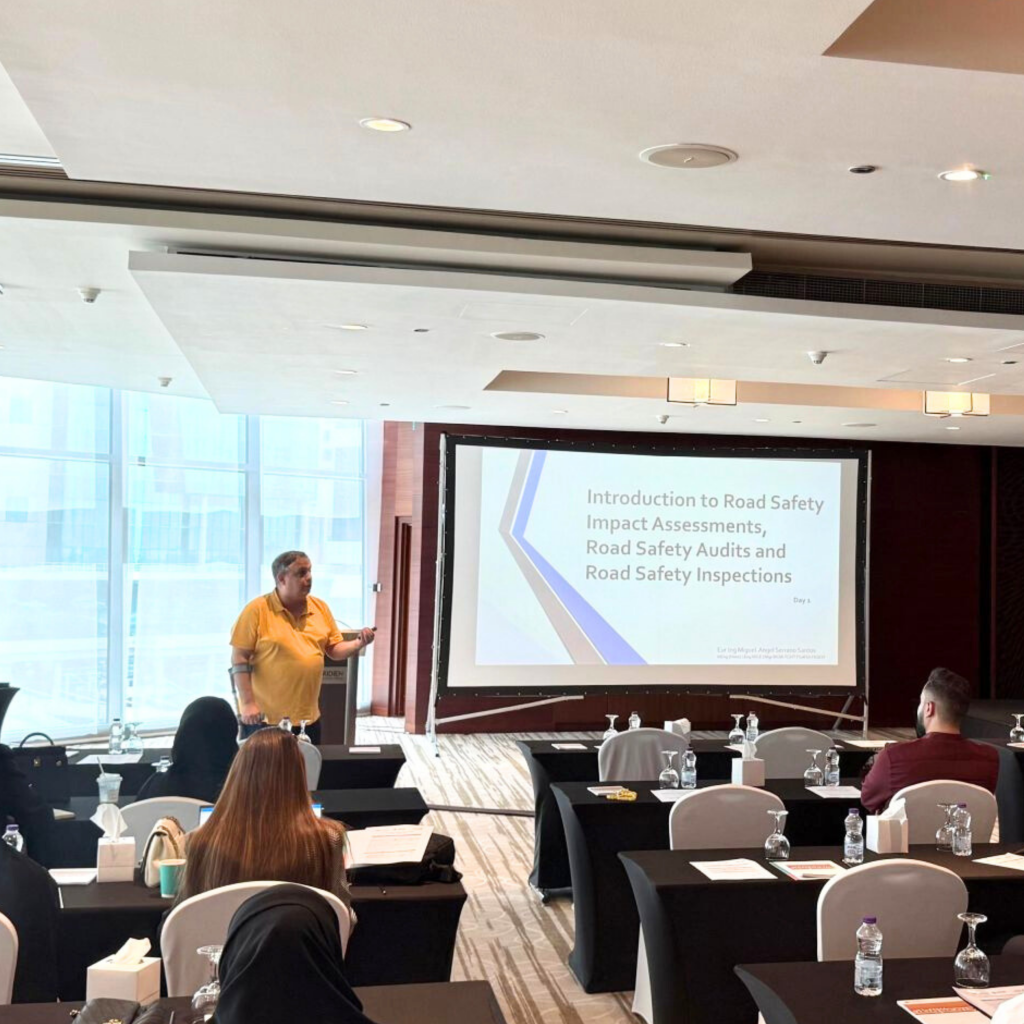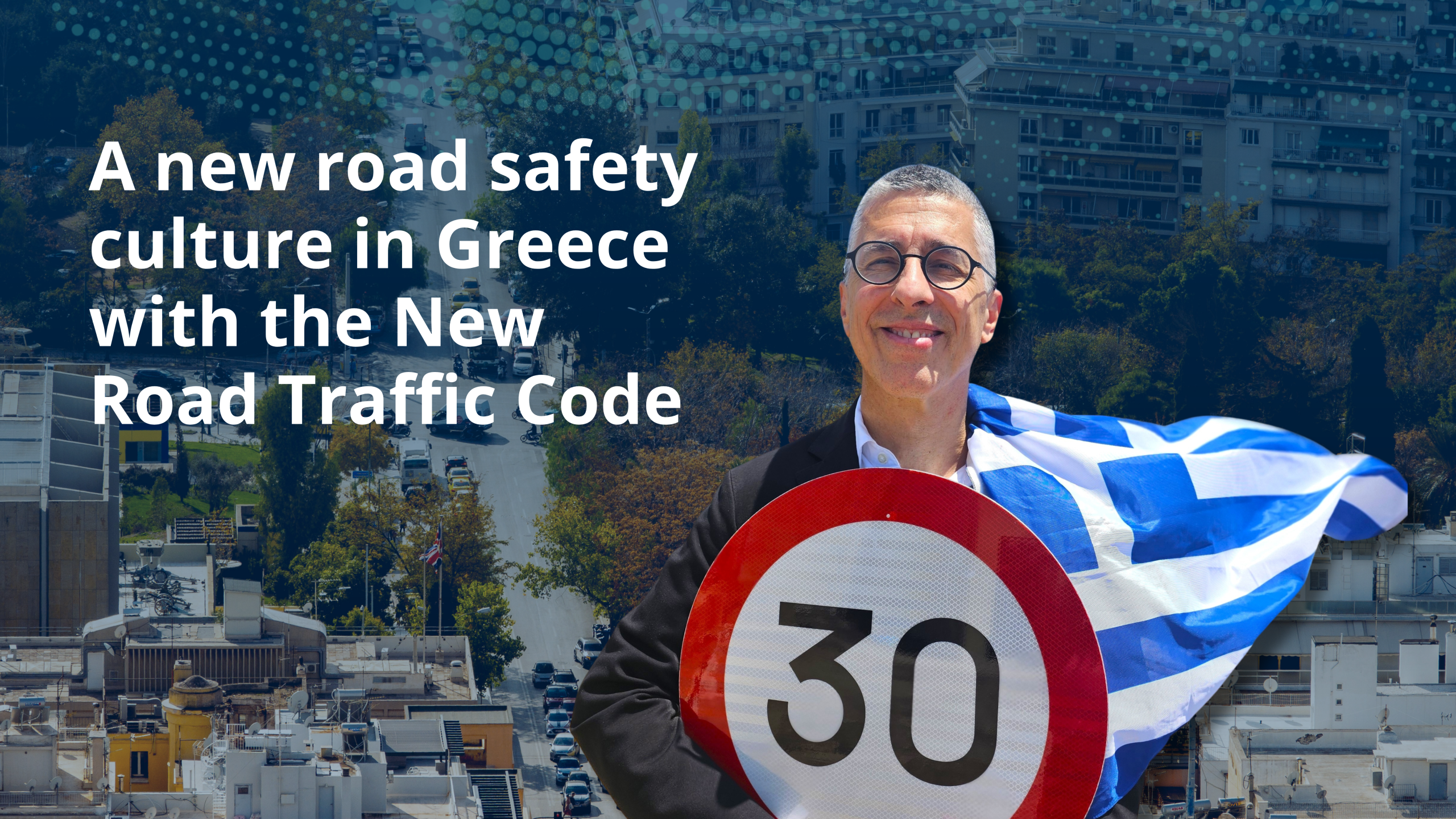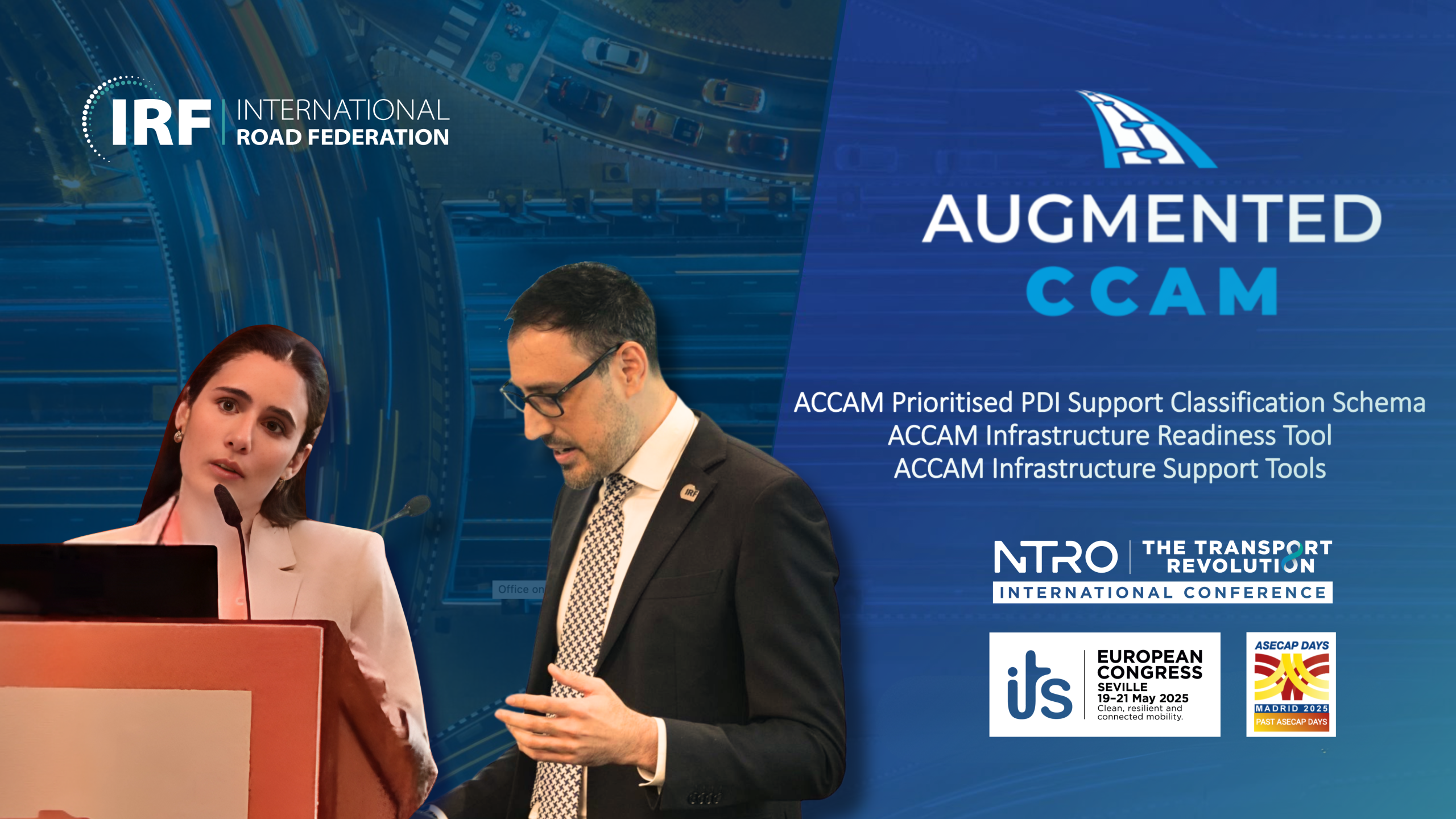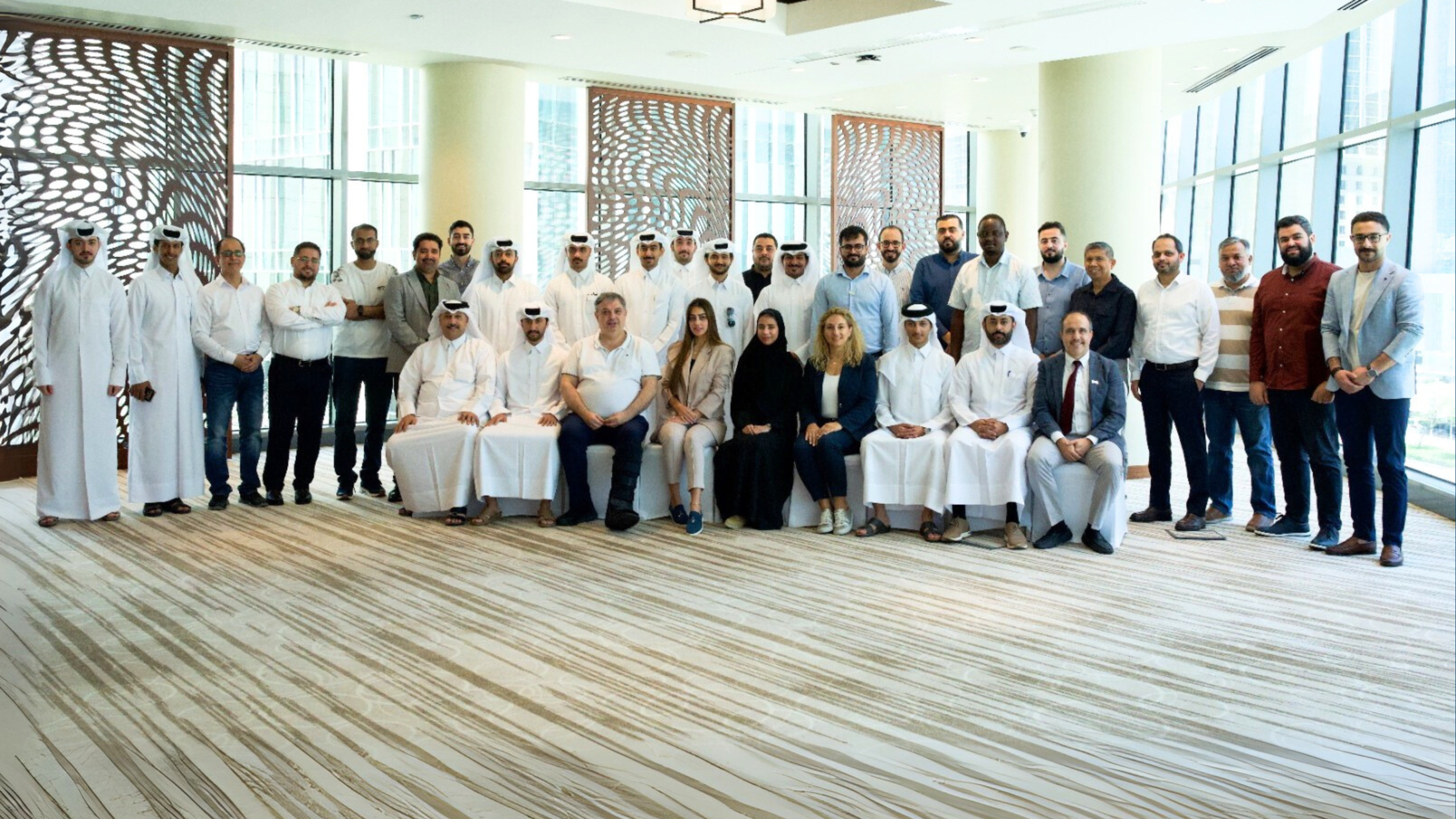A new road safety culture in Greece with the New Road Traffic Code
The new Greek Road Traffic Code (voted on 13 June 2025), introduces city-wide 30 km/h speed limit in all urban streets of one or two directions with a single lane per direction (in force from 1 January 2026), making Greece the second EU country after Spain to implement such a measure. A bold move of the Greek Government towards a new road safety culture, with a brand-new Road Traffic Code with the active contribution of National Technical University of Athens.
The New Road Traffic Code is rationalising and simplifying penalties and linking them to the offences’ seriousness and magnitude. It also quite rightly refers to punishing drivers instead of vehicles and to further punishing recidivists. In addition, it introduces a number of correct and necessary traffic management provisions with emphasis on motorcycles (filtering & advance stopping zone at traffic lights) and the 30km/h speed limit in cities.
For the effective implementation of the new Road Traffic Code, necessary accompanying measures have been foreseen in order to reduce the human intervention that currently delays and ultimately renders the penalty system ineffective. These measures concern the introduction of more than 4.000 cameras for the certification of fines for all basic offences (i.e. speeding, helmet, seat-belt, mobile phone use) which is now possible by the new technologies and in parallel the new digital management of fines with the interconnection of the systems of Traffic Police, the Ministry of Infrastructure and Transport and the Taxes Authority.
The provision for a 30km/h speed limit on all roads of one or two directions with one lane in each direction in all urban areas was a bold and very good choice, giving the right message that lower speeds lead to fewer and less serious road crashes. It is expected to bring spectacular results and it is estimated that more than 100 lives will be saved annually in Greece, especially motorcyclists, who are the major problem in Greece, but also pedestrians. City-wide 30km/h speed limit is the since-long waited single road safety measure with such significant benefits at such a low cost and with such a small change in our habits. In fact, it is more than a simple new traffic rule, it is a catalyser for a new safe mobility culture.
National Technical University of Athens (NTUA) scientific support and campaign
NTUA played an important role in the development of this new Greek Road Traffic Code during the last five years; not only by introducing all key priorities at the National Road Safety Strategic Plan (prepared and substantiated by the NTUA Research team in 2022) but also by providing systematically scientific expertise and supporting evidence-based decisions at all stages of the new Road Traffic Code development.
Furthermore, Professor George Yannis and his research team carried a global awareness campaign, which was a catalyser for convincing the Greek Government and contributed largely to decisions on the new Greek Road Traffic Code, by running 30 Marathons in 30 months in order to actively promote the adoption of city-wide 30km/h speed limit worldwide, as a key policy for safer, healthier and greener cities. This campaign was concluded in November 2024 in Athens (all Marathons in under 4 hours) with a particularly significant global impact through extensive media outreach in 25 major European cities, including press, tv and radio coverage and a highly effective social media presence that achieved significant reach and engagement in terms of views and likes. It has attracted over 500,000 pageviews annually and reached an audience of more than 150,000 through social media, with 50 dedicated posts and over 200 reposts by scientific Organisations and Institutions, generating 80,000+ impressions.
All media interventions are available at: https://georgeruns30x30.com/media
The campaign's impact was further substantiated through the first-ever two high-quality scientific review papers, with meta-analyses of implementation and effectiveness of city-wide 30 km/h schemes in several European cities, which are now cited largely worldwide:
Time for action at European level for Safer and Smarter Cities
Speeding, as the key factor for road crashes, must be recognized as a major societal health issue for which action is needed at EU level, as is the case with smoking and alcohol consumption. Consequently, the European Union should set the maximum speed limits in all urban roads in Europe, and national and local Authorities can only make the necessary adjustments of lower speed limits after specific studies. Given its unprecedented benefits, the city-wide 30km/h speed limits should become a European rule (of course with the exception of selected main axes e.g. roads with a median), with the EU assuming thus its fundamental role of protecting its citizens' lives.
Aligning Infrastructure for Automated Mobility: IRF Showcases Augmented CCAM Project at International Conferences
The International Road Federation (IRF) has recently presented the Augmented CCAM (Connected, Cooperative, and Automated Mobility) project at three major international events, reaffirming the need for harmonised and future-ready infrastructure to support the safe and scalable deployment of automated vehicles. These engagements in Melbourne, Seville, and Madrid, highlighted both the technical challenges and the actionable frameworks being developed to assess, prioritise, and adapt Physical, Digital, and Communication Infrastructure (PDI) across diverse operational contexts.
Addressing Fragmentation in Infrastructure Readiness
The deployment of CCAM technologies across Europe remains constrained by inconsistencies in infrastructure readiness. Road operators often lack structured tools to evaluate existing assets, prioritise upgrades, and align interventions with vehicle automation requirements. The Augmented CCAM project, funded by the Horizon Europe programme and coordinated by FEHRL, aims to resolve this gap by delivering a harmonised classification system and suite of assessment tools. These are tested in real-world and simulated environments across seven test sites in France, Latvia, and Spain.
NTRO International Transport Conference, Melbourne (7–9 May 2025)
At the National Transport Research Organisation (NTRO) Conference in Australia, IRF Acting Director General Gonzalo Alcaraz hosted a technical workshop that gathered over 80 professionals from road, rail, and transport infrastructure sectors. The session focused on the challenges of decarbonising transport and enhancing safety performance, providing a timely platform to introduce the Augmented CCAM project's approach to infrastructure planning for automation.
ITS European Congress, Seville (19–21 May 2025)
IRF Project Manager Agostina Massarini delivered a high-level presentation during the session titled “CCAM: Challenges Towards Large Scale Deployment”, organised by FACTUAL. The discussions focused on the criticality of foundation-level infrastructure alignment, calling for interoperability in PDI elements to enable seamless mixed-fleet operation. Notably, the project’s 5-tier readiness framework was presented as a tool for linking PDI characteristics with vehicle automation levels (SAE Levels 0–5), thus directly supporting the CAV "Sense–Plan–Act" architecture. Among the issues discussed were infrastructure localisation, digital twin orchestration, and dynamic mapping. All vital for automated driving systems that rely on anticipatory data inputs and robust communication protocols.
ASECAP Days, Madrid (26–28 May 2025)
The 52nd ASECAP Days provided a critical European policy and operator-focused audience. The conference, themed “Challenges of Future Mobility: The Role of Road Infrastructure”, aligned closely with the Augmented CCAM project’s objectives. IRF participated in discussions around investment models, electric vehicle infrastructure, and alignment with EU strategies such as the Green Deal and Fit for 55.
On 27 May, IRF presented the ACCAM PDI Support Classification Schema, which systematically categorises 81 PDI elements across 10 clusters (e.g., road surface, traffic control, digital enablers). These are evaluated for their contribution to automation, safety, traffic efficiency, and investment feasibility in highway, urban, and rural settings.
Application and Future Relevance
By harmonising infrastructure classification and providing evidence-based evaluation tools, the Augmented CCAM project equips road authorities with practical frameworks to address the uncertainties surrounding CCAM deployment. The initiative supports EU-level objectives such as the Sustainable and Smart Mobility Strategy and builds capacity for consistent infrastructure adaptation across borders.
In bringing these findings to the international stage, IRF has reinforced the need to shift from fragmented, vehicle-centric strategies to a more integrated, systems-based approach to automation. The emphasis lies not only in enabling the technological deployment of CAVs but in ensuring that infrastructure (physical, digital, and communicative) can support that transition safely and efficiently.
References
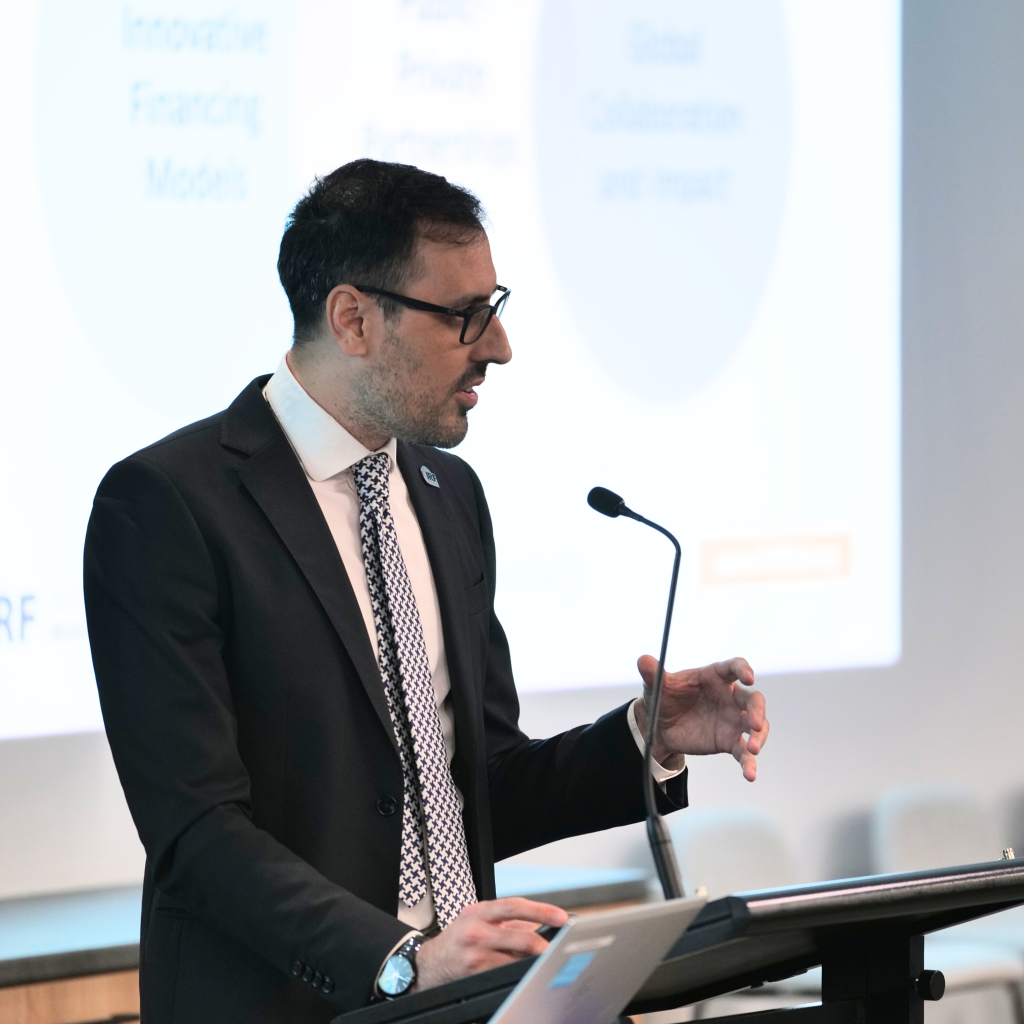
Successful Introduction to Road Safety Audits Course Hosted in Qatar
The International Road Federation (IRF) successfully concluded a three-day Introduction to Road Safety Audits course in Doha, Qatar, from 25–27 May 2025. Organised jointly with the Qatar University’s Transportation and Traffic Safety Centre (TTS Centre) and the World Conference on Transport Research Society (WCTRS), the programme was hosted at the Le Méridien Hotel.
A total of 20 participants including highway engineers, traffic safety specialists and planners from Qatar’s public agencies and consulting firms took part. The course was led by Dr Wael K. M. Alhajyaseen (Associate Professor at Qatar University) and Miguel Ángel Serrano Santos (IRF Lead Trainer and UNOPS road safety specialist), who brought extensive global expertise to the training.
The course covered the full range of road safety audit (RSA) procedures and requirements. It emphasised the importance of conducting audits and implementing their recommendations to identify and address potential hazards on roads. Participants learned the latest methodologies and technologies for reducing traffic injury risk. The programme blended theoretical background with practical exercises, using examples from Qatar’s own road network to ensure that risk identification skills would be effective and impactful.
- Rigorous methodology: The programme stressed a thorough, systematic approach to road safety auditing as a cornerstone of preventing crashes.
- Comprehensive curriculum: Topics ranged from audit procedures and standards to effective implementation of safety recommendations.
- Practical focus: Real-world case studies and exercises, tailored to Qatar’s road environment, helped participants apply their knowledge directly to local infrastructure.
- Expert instructors: International and local road safety specialists shared best practices and guided attendees through hands-on analysis.
- Certification: All 20 participants earned an official IRF training certificate upon completing the course.
Participants and organisers emphasised that this capacity-building initiative will directly contribute to safer roads in Qatar. “This course demonstrates the significance of a rigorous approach to road safety audits, equipping engineers with the expert knowledge needed to keep our roads safe.” — Commented Miguel Ángel Serrano Santos, IRF Lead Trainer.
Dr Wael K. M. Alhajyaseen, Qatar Transportation and Traffic Safety Centre added “Capacity building and collaboration are key to improving road safety. By working together, local authorities and international experts can share knowledge and strengthen skills to reduce traffic risks.”
“IRF is committed to advancing safer roads through knowledge exchange and technical training. This course exemplifies our mission to empower transport professionals with the latest road safety expertise.” — Gonzalo Alcaraz, Acting Director General of IRF
